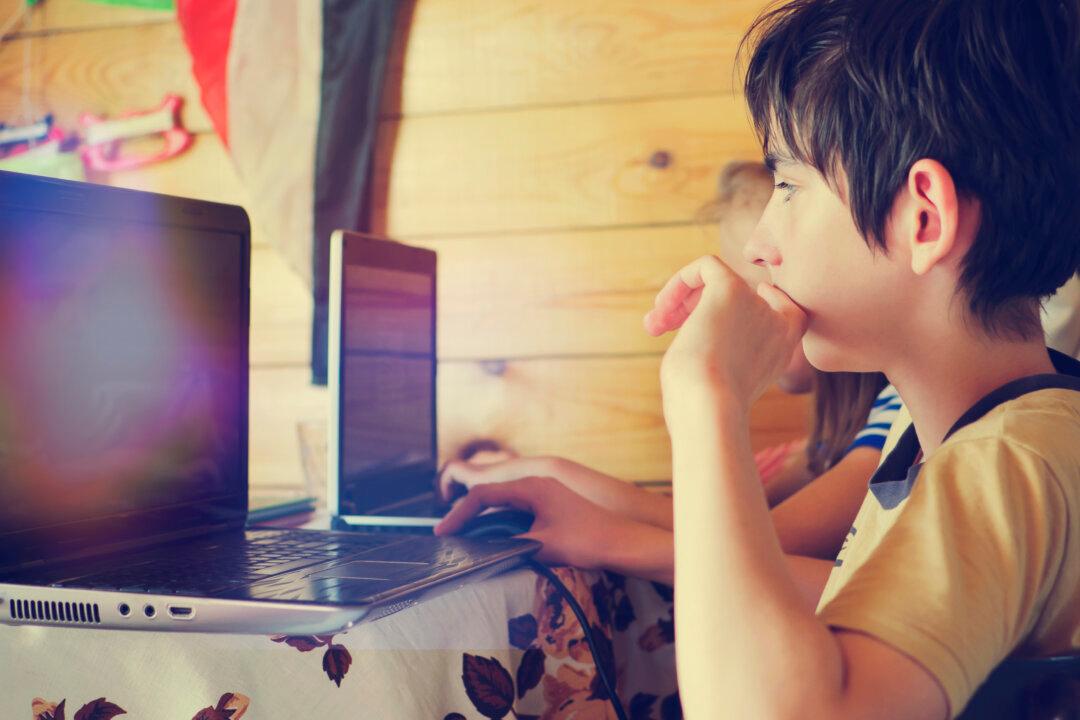How reliant are your children on their digital devices? How much time do they spend staring at screens?
For years, experts have been warning parents about the dangers of “screen time” to their kids. Most recently, attention has shifted away from a fear of too much television to fear of too much time on digital devices of any kind.






